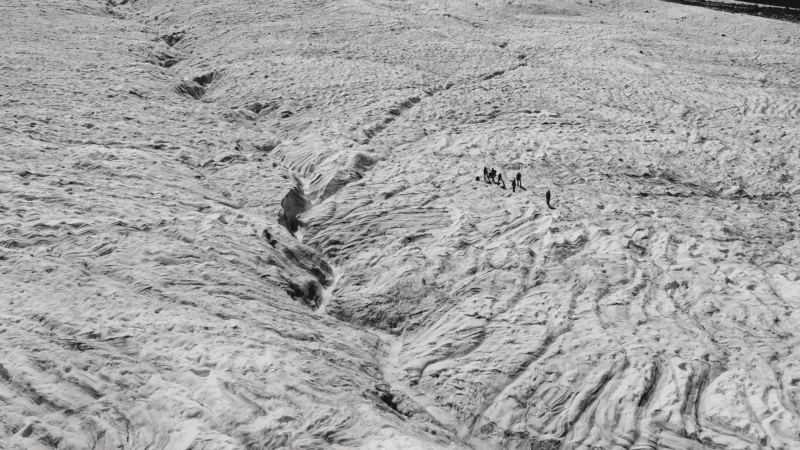Ahead of the 26th UN Climate Change Conference of Parties (Cop 26), climate and energy ministers are coming together this week in Milan, Italy, to discuss the key political topics to be addressed at the upcoming global summit.
Taking place in Glasgow, early November, ESA will be present at both the pre-Cop and Cop 26, highlighting the vital importance of observing our changing world from space and showing how satellite data play a critical role in underpinning climate policy.
The Cop 26 summit will bring parties together to accelerate action towards the goals of the Paris Agreement and the UN Framework Convention on Climate Change. Each Cop is usually preceded by a preparatory meeting held around a month before, called the Pre-Cop, and this year will take place from 30 September-2 October at the Milan Conference Centre (MiCO).
In its latest and most important assessment report, the Intergovernmental Panel on Climate Change (IPCC) identified Earth observing satellites as critical in monitoring the causes and effects of climate change, concluding that the effects of climate change are likely to become more severe unless governments act quickly to reduce emissions in line with the Paris Agreement.
Satellite observations provide us with a global coverage, revisiting the same region every few days and providing a good understanding of the health and behaviour of our planet – and how it is affected by climate change. Their data provide key information on which mitigating strategies and policies can be based.
The IPCC directly acknowledges the contribution of ESA’s Climate Change Initiative – a research programme that draws on data from multiple satellite missions to generate the global, long-term observations required by scientists to understand our evolving Earth system.
Satellites provide unprecedented information on the retreat of glaciers, sea level rise, the increase of greenhouse gases in the atmosphere and deforestation worldwide. ESA will highlight the critical value of observing Earth from Space both at the Pre-Cop and at Cop 26, on-site and virtually through a series of data visualisations, climate stories and other resources, as well as dedicated side events with experts and decision-makers.
A changing planet: a look from above
As part of the Pre-Cop activities in Milan and the Youth4Climate: Driving Ambition meeting, a hybrid event will take place on Friday 1 October and is organised by ESA, the Italian Space Agency (ASI), the University of Milan, in collaboration with the National Museum of Science and Technology in Milan. The event will feature discussions providing different perspectives on climate change.
In attendance will be Simonetta Cheli, Head of Strategy, Programme & Coordination Office, Directorate of Earth Observation Programmes at ESA, ESA Astronaut Luca Parmitano who will discuss his latest science expedition to the Gorner Glacier in Switzerland, as well as other experts from ASI and the Polytechnic University of Milan.
Simonetta Cheli comments: “It’s a well-known fact that the youth will be the most affected by climate change, and they are also the ones demanding for immediate and intensified action. Together with our partners today, and ahead of Cop 26, ESA is committed to raising awareness amongst the youth on how space is part of the solution.”
The ESA-led expedition was filmed as part of an upcoming documentary that will be screened for the first time at Cop 26, with a first preview of the documentary available to the Italian public on Friday. The event will take place at the National Museum of Science and Technology, where the ‘Fragility and Beauty – taking the pulse of our planet from space’ exhibition is featured.
First opening in 2019, the permanent exhibition, organised by ESA in collaboration with ASI, the exhibition creates a link between scientific research, space technology and art, focusing on the theme of climate change and sustainable development. The exhibition has been recently updated with ‘touchable’ Earth observation content and images, in collaboration with ESA.
Watch live on ESA WebTV.
This post was sponsored by the European Space Agency. See our editorial guidelines for what this means.
